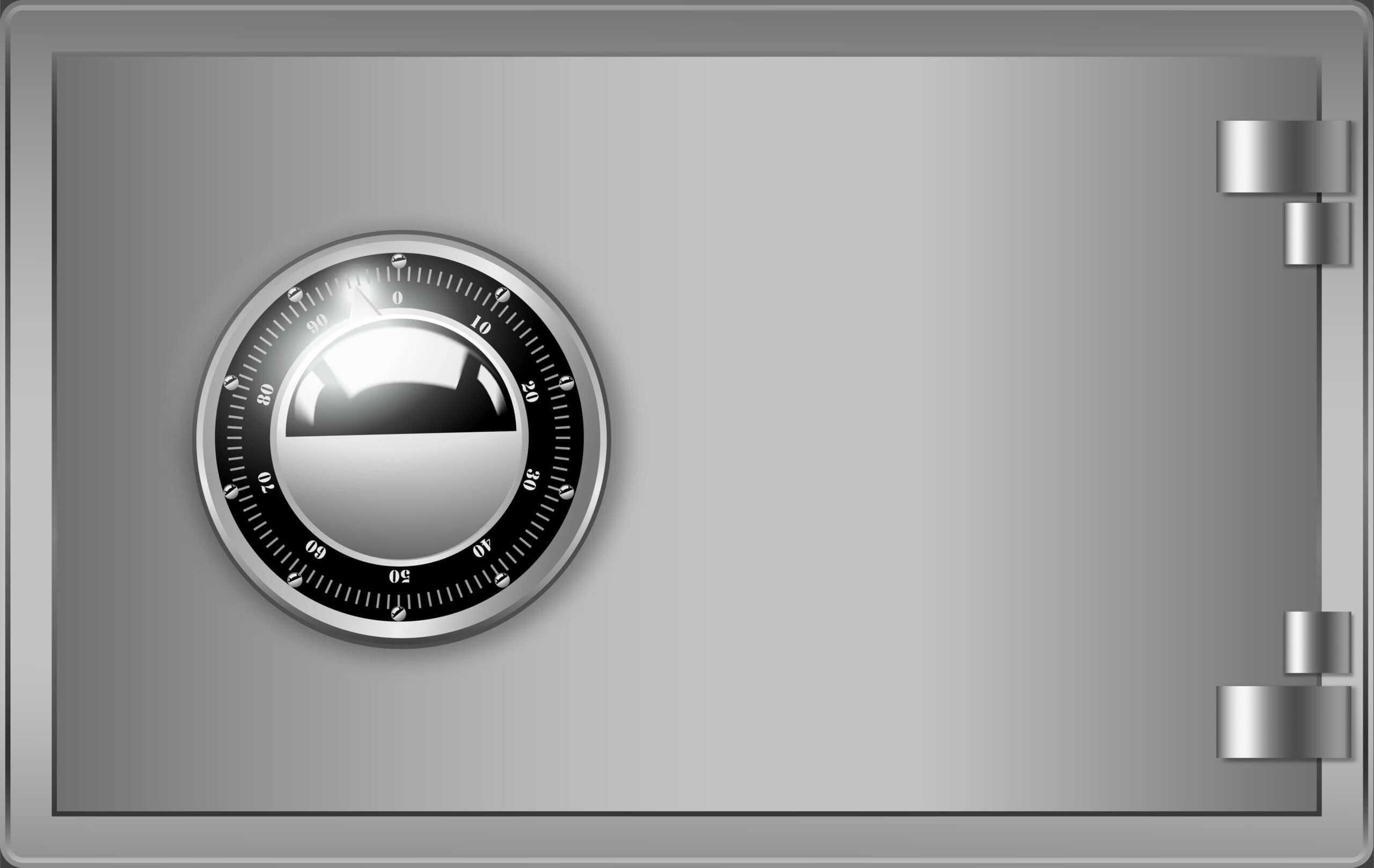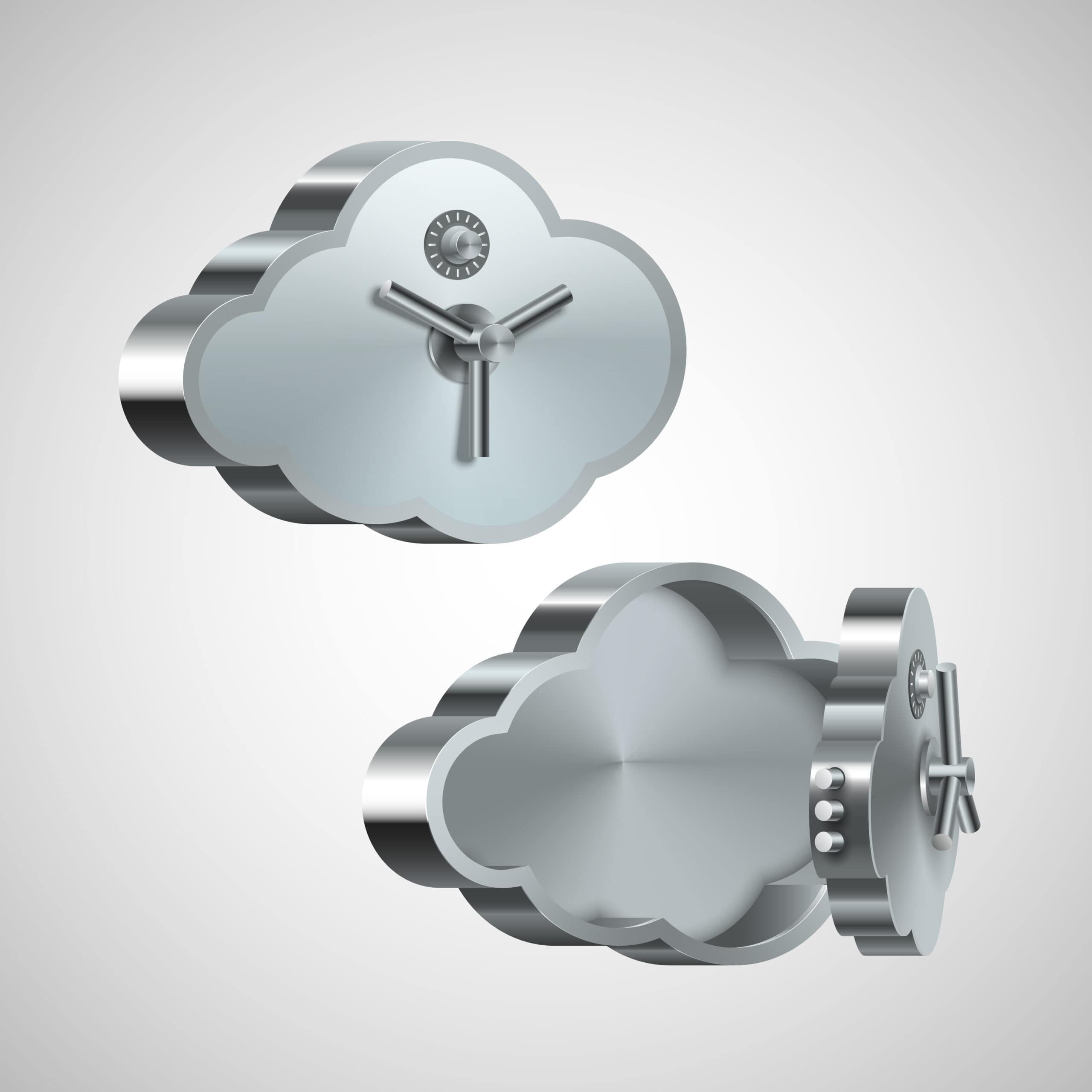A magnetic lock prevents a door from opening without the appropriate access credentials. A credential accessory can authorize entry at the door, or a magnetic lock can combine with a switch to remotely release the lock. There are several applications for this kind of lock-in access control system, particularly with the:
- Emergency exits with a controlled exit, fire doors
- Doors that are single, independent, and/or need just a minimally expensive degree of access control
- Electronic access-control glass doors
An armature plate, which is a carbon-free steel plate, and an electromagnetic core, which is a laminated steel core encased by hundreds of thin copper wire turns, make up a magnetic door lock. Maglocks are among the most dependable and safe locks for your property and are quick and simple for maglock installation. The entry processes of retrofit or new security scenarios may be readily accommodated by this adaptable system.
Understanding Of Magnetic Lock
A magnetic door lock employs a strong magnetic field to lock or hold gates closed. The magnetic lock’s power must be turned off to be released. This sort of lock has the benefit of having nothing to break and no moving components to jam or become trapped. While magnetic Locks may be used with any electric swing gate, they cannot be used with solar gates. Magnetic Locks are almost fail-safe since they require electricity to be locked, which makes them the best choice for usage in emergency exits.
The Science Behind Magnetic Locks
Want to learn more about the technology behind the electromagnetic door lock? Simply put, this kind of lock is referred to as an automated or electronic lock. The magnetic forces between the metal armature plate and the electromagnet in these electromagnetic locking systems must be produced by an electric current. This magnetic force is what “locks” the electromagnet and metal plate together, allowing them to resist great pressure. It is a fail-safe lock because until the electric current is disrupted, the door will be securely locked. In other words, when the electromagnet’s electric current is de-energized, the maglock door unlocks. They are therefore perfect for main entrances and exits, panic rooms, and emergency exits. The fact that people can readily leave the area when the power goes out makes them perfect for the major entry and departure points, panic rooms, and emergency exits.
Holding Force
As a general rule, the more costly the maglock, the stronger the holding force and voltage it possesses. Maglocks typically have holding forces between 550 and an amazing 2200 pounds. Additionally, you might boost the holding force of your lock by adding current to your preference. On the other hand, it depends on the model you bought.
Usage
Do you have any questions about the appearance or typical locations of electromagnetic door locks? In any case, chances are good that you’ve seen it if you’ve ever visited a hotel, a location with tight security, or a residential building. Because magnetic locks offer a greater level of security and a far broader locking area than the conventional latching lock, they are commonly used in these settings. Comparatively, the typical lock is thought to be less secure. It provides seamless door or compartment concealment, making it very impossible to open a magnetic lock without a key or control access.
Installation
For a stronger magnetic binding, magnetic locks are intended to be fitted at the top and bottom of doors. Given that it is closer to the concrete wall and would facilitate the installation of the mag lock, the site is suggested as the optimum side to wire the building’s circuit and the magnet. Magnetic locks can also be put on various door types. Any form of material, including glass, or a wooden door would be compatible with it. Maglock may be installed in double-swinging, in-swinging, out-swinging, and even on gates.
Fail-Safe Mechanism
Maglocks employ a fail-safe method to operate. When the locking mechanism receives power, the magnet is triggered. The two halves, one screwed into the doors and one fixed to the wall, hold the door shut. The door is kept locked by power. When the power is turned off, fail-safe locks instantly unlock, allowing occupants to leave the structure in an emergency.
Locking Using Access Control Systems
The power to the access control system is briefly interrupted when a locking mechanism receives an electrical signal from an access control reader. The length of time it takes for the system to unlock the lock may be programmed. You won’t have any problem unlocking your doors if the wiring is installed properly, especially if you utilize a cutting-edge, IP-based access control system like Kisi.
A Bluetooth or WiFi signal is sent from the reader to the controller. You can enter the door if the controller confirms that the signal is valid. To unlock the door, the controller briefly turns off the power supply for the lock after sending an electrical signal through the cable to it.

Specialty Applications: Beyond The Basics
Numerous entrances are covered by standard electronic access control systems, while some call for more specialized hardware. A bespoke maglock may be the ideal option when your opening needs to adhere to additional rules or has unique requirements.
Swing and Sliding Application
Maglocks are gaining ground in this particular application as the need for sliding gates or doors rises as a result of design trends. Sliding capability is not available on a lot of latches and strikes. Many maglocks work with both sliding and bi-swing doors.
Delayed Egress Applications
Deliberately delaying the instant release of a door when someone tries to leave under normal conditions is the objective of delayed egress openings. This element of the access control system aims to ensure everyone’s safety. The purpose of this access control function is to ensure the security of all building residents by enabling quick evacuation in an emergency. A fail-safe option that can also inform people visually and/or aurally that an opening is being attempted to be used is a delayed egress maglock. While still slowing down egress where it has to be regulated, they can be designed for authorized employees to utilize without raising a security alert.
Hazardous Applications
Electronics that have been approved for usage in hazardous situations are necessary for highly flammable environments. Unlike other electronic access control systems, a sturdy maglock with completely sealed internal parts reduces the chance of sparking. Grain mills and petrochemical factories are two sites where maglocks made for hazardous environments would securely boost security.
Advantages Of Magnetic Lock
There is a good reason why magnetic door locks are a popular security option. Installing a maglock door system at your company has several advantages. When comparing the advantages of a mag lock and an electric strike door lock, take into account the following.

Less Maintenance
Once installed, commercial magnetic door lock systems are very dependable and need no upkeep. When compared to electric strike plate locks, magnetic locking mechanisms frequently experience less wear and tear since they make use of electromagnetic energy.
Durability and Strength
Electric door magnets and maglock systems are renowned for their amazing endurance and powerful gripping power. They can resist wear and tear from thousands of usage and are quite challenging to physically force open.
Simple Installation
An electromagnetic door lock system is comparatively easy to install compared to electric strike locks and other mechanical locks that need specialized knowledge. Even though it is still advised to engage with a professional for installation, the simple setups can assist in saving money.
Compatible With The Majority Of Door Types
In contrast to its electric equivalents, magnetic locks are adaptable and may be adapted to most types of doors. Glass door security is one of the ideal applications for a mag lock door system.
Disadvantages Of Maglocks
Power Reliance
To stay locked, magnetic locks need continual power. Without a backup power system, it’s possible that the magnetic lock won’t function properly during a power outage.
Fail-Safe
Even though this could be advantageous for safety if there is no backup power supply system, it poses a security risk.
Egress Considerations
When used alone, request-to-exit (REX) devices may not always be appropriate and can add to the complexity of the system, as electric locks frequently prevent free egress.
Visibility
They are often surface-mounted and so more conspicuous than electric strikes.
No Manual Override
If the backup system malfunctions and the power goes out, it cannot be manually unlocked from the outside using a key.
